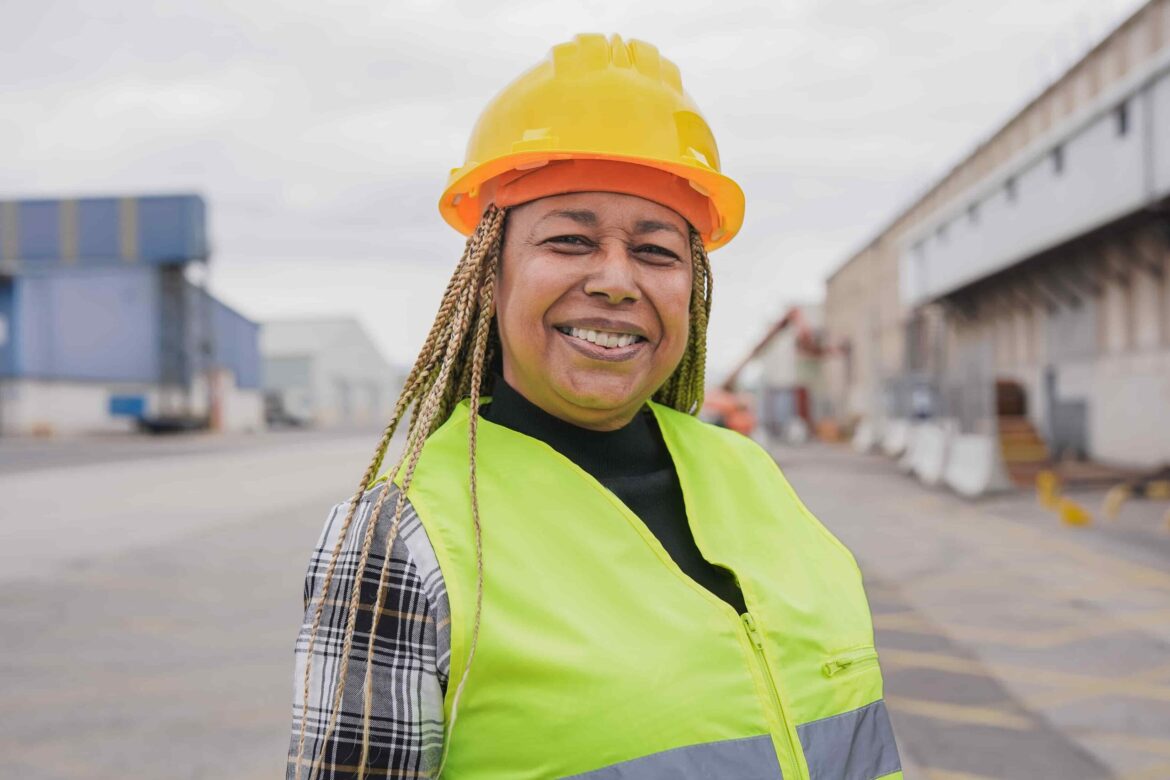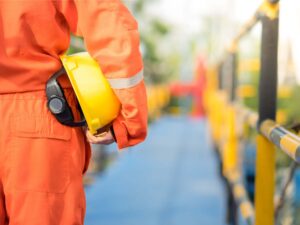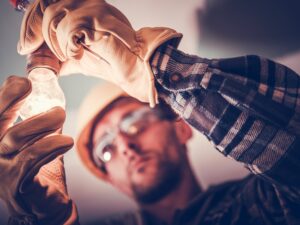
Let’s be honest — the modern workplace wasn’t exactly engineered with women’s bodies in mind. Air conditioning set to Arctic Male Default? Check. PPE that fits like a potato sack? Check. Menstrual pain? “Just power through.” Sound familiar?
And if you’re a woman working on your feet, lifting, hauling, inspecting, or operating in a labour-intensive, testosterone-heavy job — well, the system was practically built without you. From the factory floor to fieldwork, women in male-dominated sectors are often expected to adapt to workspaces, tools, and schedules designed for bodies and needs unlike their own.
But women aren’t just surviving in these environments — they’re excelling. And it’s about time the workplace did some adapting of its own. Discover how occupational hygiene services from Apex Environmental can support a healthier, more inclusive environment.
Periods, PPE, and Productivity
Let’s talk about it: periods. They’re not a weakness. They’re not a monthly inconvenience to be swept under the rug. For many women, menstrual pain can be as debilitating as a sports injury. So why do we still treat it like a taboo topic?
Practical Ways to Support Menstrual Health:
- Flexible scheduling or leave policies that acknowledge menstrual health.
- Providing sanitary products in bathrooms — like toilet paper.
- Access to heat pads, pain relief, hydration, and rest areas.
Especially in physically demanding roles, climbing ladders or handling heavy equipment during painful periods isn’t just uncomfortable — it’s potentially unsafe.
Menopause: The Hot Topic Nobody Wants to Touch
Menopause symptoms — insomnia, hot flashes, anxiety, brain fog — can hit hard. And they often do when women are leading teams or managing high-stakes projects.
Workplace Adjustments that Make a Difference:
- Train managers to have informed, empathetic conversations.
- Choose breathable, adaptive uniforms.
- Offer cooling zones, hydration stations, and good airflow.
These changes show respect — not exception.
Fit for the Job: When PPE Doesn’t Fit Her
“One-size-fits-all” PPE rarely fits women — and often puts them at risk. Oversized gloves, baggy overalls, and misfitting goggles are more than inconvenient — they’re dangerous.
Solutions for Safer Equipment:
- Source PPE designed for women’s body shapes and sizes.
- Involve women in procurement and safety decisions.
- Include female feedback in ergonomic design processes.
Safety gear should protect — not endanger.
The Culture Shift: From Awkward to Empowered
Creating a health-positive workplace for women means more than policies — it’s about creating a culture where people feel seen, heard, and safe.
Culture Cues That Make a Difference:
- Normalise conversations about women’s health.
- Introduce wellbeing champions or peer supporters.
- Encourage inclusive leadership — male allies matter too.
Because “toughing it out” shouldn’t be the standard.
Because Steel-Toed Boots Don’t Cancel Out Cramps
Supporting women’s workplace health means giving people what they need to thrive — not expecting them to mould themselves to outdated norms. Better PPE, informed policies, empathetic leadership — these aren’t extras; they’re essentials.
Because a safer, healthier workplace for women is a better workplace for everyone.








